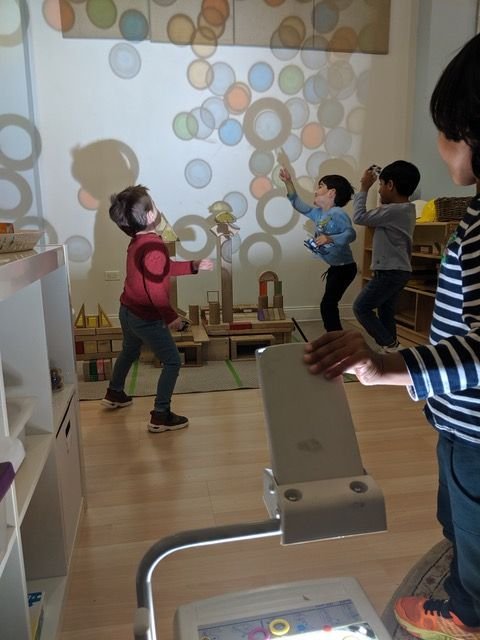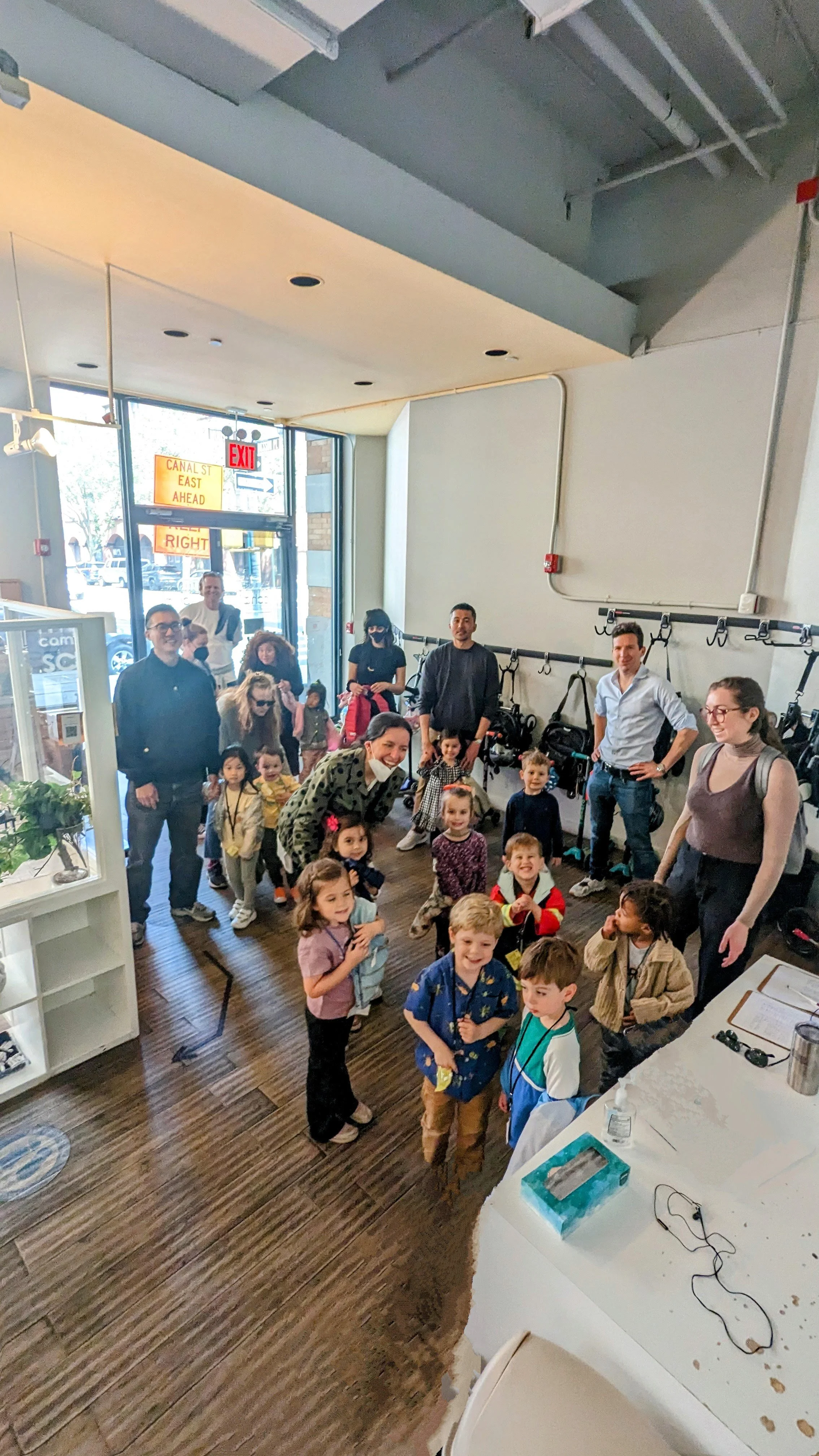Top 5 Things to Look for When Visiting Preschools
As a parent of a two-year-old, I understand firsthand how meaningful—and sometimes overwhelming—it can feel to choose your child’s first school experience. Preschool is often a family’s first step into a broader learning community, and it’s natural to want to find a place where your child will be known, loved, and inspired to grow.
At TriBeCa Community School, we meet families every day who are exploring what kind of early learning environment will feel right for their child.
Here are the top five things we encourage families to look for during their preschool visits.
1. A Warm, Joyful Atmosphere
When you step into a preschool, take in the feeling of the space. Do children seem happy, curious, and engaged? Are teachers down on the floor, talking with children at eye level, and using gentle, responsive tones? A warm and joyful classroom signals that children feel safe, known, and valued—conditions that are essential for learning at this age.
In a child’s earliest school years, relationships come first. Teachers who build strong, nurturing connections help children develop confidence and a genuine love for learning.
2. Teachers Who Listen and Observe
In high-quality early childhood settings, teachers are not just instructing—they’re listening deeply. Watch for teachers who follow children’s ideas, take notes or photos, and ask open-ended questions.
This intentional observation reflects the heart of the Reggio Emilia philosophy: children are capable, curious thinkers, and teachers are researchers who learn alongside them. Instead of pre-scripted lessons, you’ll see learning emerge from children’s interests and discoveries.
3. A Classroom Environment That Invites Exploration
The classroom itself should feel like a space that sparks imagination and inquiry. Look for natural light, open-ended materials, and children’s artwork or documentation displayed with respect.
A Reggio-inspired classroom is often called the “third teacher”—a place where every corner invites children to experiment, collaborate, and express themselves. Materials like blocks, clay, wire, and paint are not just for play; they’re tools for thinking, communication, and problem-solving.
4. A Strong Home–School Connection
Preschool is your family’s first experience joining a learning community. Pay attention to how the school welcomes and includes families. Are parents invited to participate in classroom experiences and community gatherings? How do teachers share daily updates or communicate about each child’s progress?
At TriBeCa Community School, we believe families are our most important partners. When parents and teachers work together—sharing observations, questions, and celebrations—children feel a powerful sense of consistency and belonging. The strength of that family-school connection enriches every child’s experience.
5. A Philosophy That Aligns With Your Family’s Values
Every preschool has its own approach to learning. Some may place a greater emphasis on structured academics, while other programs may lean more heavily into exploration, collaboration, and creativity. As you visit, ask how teachers approach social-emotional growth, conflict resolution, and learning through play.
You’ll know you’ve found the right fit when a school’s philosophy resonates with what you believe about childhood—when you can see your child thriving in that environment, curious and joyful, surrounded by people who truly see and understand them.
Touring preschools is a journey of both discovery and reflection. You’re learning about each school, but you’re also learning more about what matters most to your family.
At TriBeCa Community School, we encourage parents to listen to their instincts. The right preschool will feel like a natural extension of home—a place where your child is known, loved, and inspired to explore the world with confidence and wonder.





